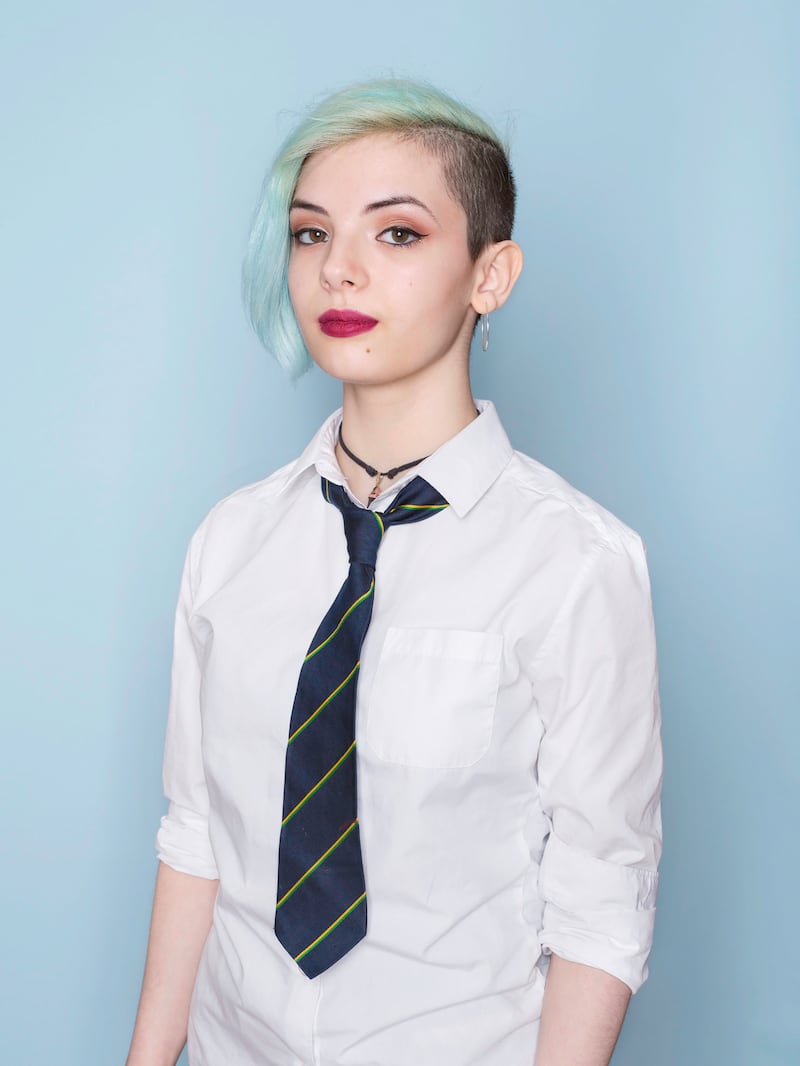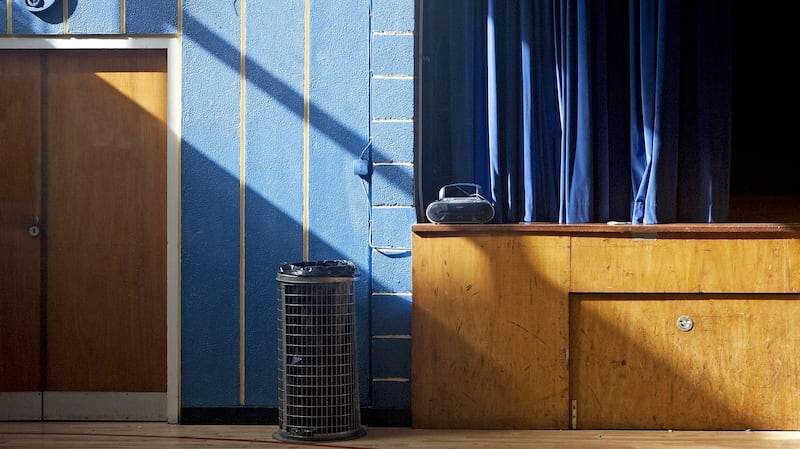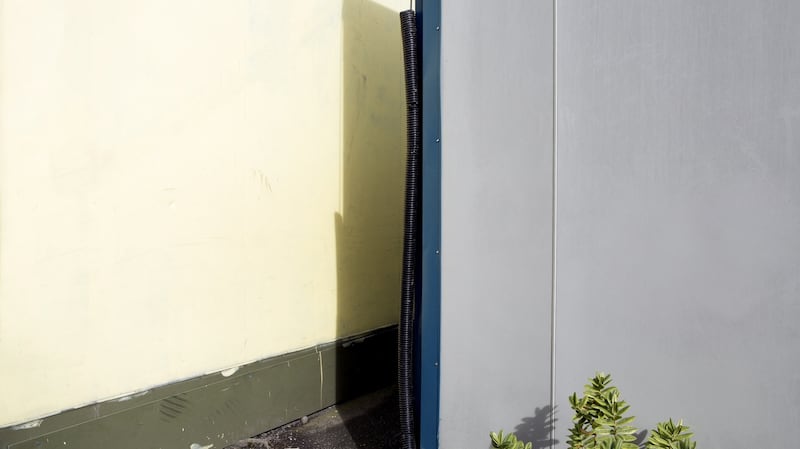MANDY O’NEILL: QUIET AT THE BACK
Gallery of Photography, Meeting House Square, Temple Bar, Dublin, September 14th – October 27th; galleryofphotography.ie
Last October, Mandy O’Neill found herself thrust into the limelight as winner of the Zurich Portrait Prize, a significant award (€15,000 plus a portrait commission) organised by the National Gallery of Ireland. That she won the prize with a photograph rather than a painting was noteworthy. It was also interesting that her subject was a young woman, Diane. Formally posed, the image has a classical poise, but also an unmistakable attitude. Diane meets the viewer’s gaze with cool assurance and, looking to art history, something of the bearing of a Renaissance prince.
O’Neill commented that she could see immediately that Diane projected a sense of confident young womanhood. Her asymmetric haircut and hoop earring, her casually loosened school tie and open top button, all bespeak an ease with her personal style. When the photograph was taken, Diane Diether was a sixth-year student at Larkin Community College, Dublin, where O’Neill had been artist in residence. In fact, she continues her involvement with the school: her period of residency concludes with a series of workshops there, coinciding with her forthcoming exhibition at the Gallery of Photography, Quiet At The Back.

O’Neill, a Dubliner, came to photography as a mature student after an initial, unsatisfactory experience of third level. She found her voice when she was accepted in the demanding BA photography course at the then DIT and, having received her BA, she went on to complete an MA in public culture studies at IADT. Not surprisingly, perhaps, the projects that have engaged her since reflect the trajectory of her studies. They inhabit a middle ground between social research and what might be termed representational strategies. In terms of the latter, there has been a consistent emphasis on the photographic portrait. O’Neill, it is clear, is an exceptional portrait artist, making incisive contemporary work that draws on tradition without imitating or parodying it. Prior to winning the Zurich, she had twice before been shortlisted for the prize.
Her portraits are compelling for their directness. She sets about dispensing with everything extraneous. At the same time, her subjects, as with Diane, are invariably immersed in their milieux. The images emerge from O’Neill’s prolonged involvement in particular settings and environments. These settings are elaborated in carefully framed, fine-detailed photographs of spaces and buildings that accompany and inform the portraits (though recently she has been making what might be termed highly chromatic cityscapes). Very subtly, we see Diane through the frame of her position in school, in her social group, in the wider social fabric; as an individual, of course, but as an individual negotiating all of these cultural dimensions, which is O’Neill’s great skill.
There’s a collaborative, interactive aspect to her various residencies and involvements. One early project, Hoodie, is, as the title suggests, a series of portraits of adolescent boys wearing hoodies. These portraits, which also have a distinctly Renaissance character, effectively reclaim the individuals from the negative group stereotype. Another fine body of work came from an involvement with a boxing club in Dorset Street. An ongoing project is concerned with the Cabra Senior Men’s group of the Irish Men’s Shed Association.
O’Neill also made a series of portraits of bankers, which could be slightly out of character, and it is fair to say that so far she is most closely associated with her work in schools, and that is what Quiet At The Back will survey, combining several past projects with new work. It will include the outstanding Promise, made from 2012-2015. Promise is set in Gaelscoil Bharra Primary School in Cabra, at the time and for many years housed in a series of inadequate prefabs.


The Promise of the title could refer equally to the potential of the students who feature in a number of portraits or to the succession of broken political promises about providing proper facilities. As the school struggled through years of recession, it did seem that inimical conditions, locally and in the wider context, might prevent the students from achieving their potential. Gaelscoil Bharra did move into a new home a couple of years ago, though issues about the building persisted.
Another project grew out of O’Neill’s involvement with the Gaelscoil, Confirmation, though it will not feature at the Gallery of Photography. Every year she’s been turning up to make portraits of the students on the day they wear their confirmation outfits into school. As she notes, this Catholic rite of passage is still strongly in evidence in many schools even as a more secular ethos is on the increase.
While O’Neill’s portrait images are classically stated, they are not fixed or definitive in that she conveys a sense that each individual is in a state of transition. We see them at particular moments in their development. She has from the beginning been drawn to this state of transition, and presumably she will continue to be.
galleryofphotography.ieThis year's Zurich Portrait Prize shortlist exhibition will be on view at the National Gallery of Ireland, Dublin, October 5th – January 12th, 2020












